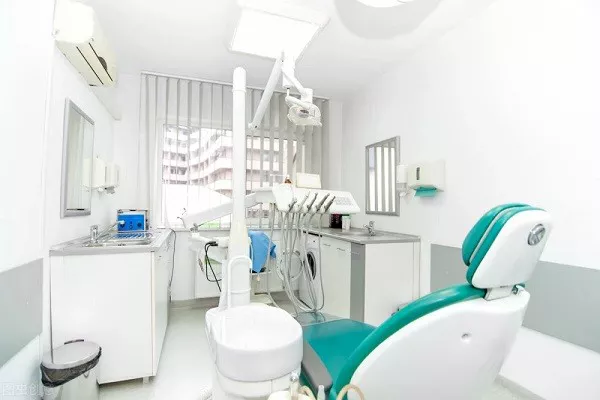Temporary tooth fillings are often used to protect damaged or decayed teeth while permanent fillings are being prepared or while waiting for a dental appointment. These fillings are made of a soft material that hardens over time, providing a temporary solution until a permanent filling can be placed. But how long do temporary tooth fillings last, and what factors can affect their lifespan?
The lifespan of a temporary tooth filling can vary depending on several factors, including the size of the filling, the type of material used, the location of the tooth, and the individual’s oral hygiene habits. In general, temporary tooth fillings can last anywhere from a few days to several weeks or even months.
Here are some factors that can affect the lifespan of a temporary tooth filling:
- Size of the filling
The size of the filling can affect how long it lasts. Smaller fillings may last longer than larger ones, as they are less likely to break or fall out.
- Type of material used
Temporary fillings are typically made of either zinc oxide or eugenol, or a combination of the two. Eugenol-based fillings tend to last longer than zinc oxide-based fillings, but they may not be suitable for all individuals.
- Location of the tooth
Temporary fillings placed in the front teeth tend to last longer than those in the back teeth. This is because front teeth are not subjected to as much pressure when chewing.
- Oral hygiene habits
Good oral hygiene habits, such as brushing and flossing regularly, can help extend the lifespan of a temporary tooth filling. Poor oral hygiene can lead to decay and gum disease, which can weaken the filling and cause it to fail.
In general, it is important to remember that a temporary tooth filling is just that – temporary. It is not meant to last as long as a permanent filling and should be replaced as soon as possible. If a temporary filling falls out or becomes damaged, it is important to contact a dentist right away to have it replaced.
Conclusion
The lifespan of a temporary tooth filling can vary depending on several factors. While they can last anywhere from a few days to several weeks or even months, it is important to remember that they are not meant to be a permanent solution. Good oral hygiene habits and regular dental check-ups can help ensure that temporary fillings last as long as possible and are replaced promptly when necessary.
































